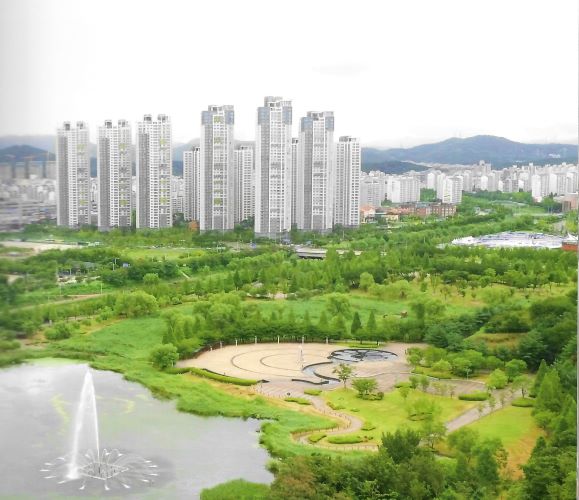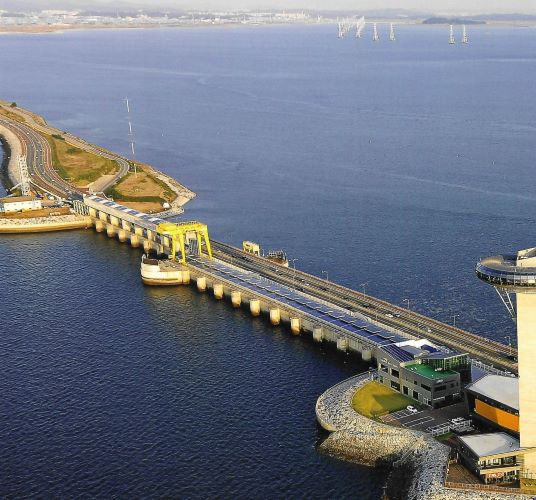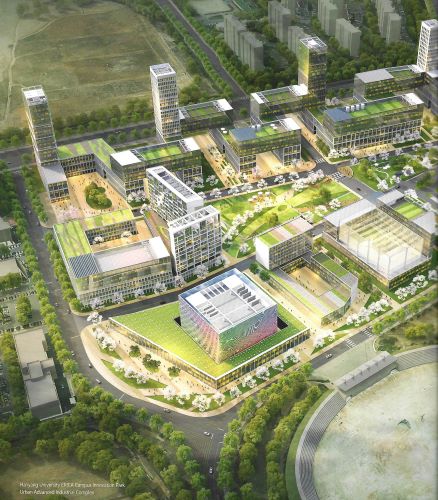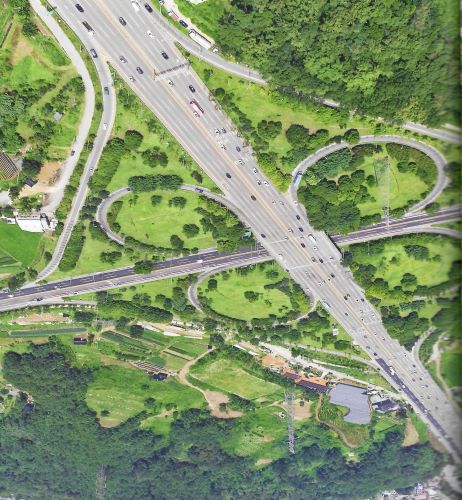
Habib Toumi
ANSAN: The stylish picture shows high-rise white buildings near lush multi-colored parks and wide, well-manicured highways with the bold message “Ansan: The best land to live under the sky.”
The description is attributed to King Jeongjo (1752-1800), the 22nd King of Joseon, as he was impressed by the abundance of seafood and fertile land in Ansa.
As we arrived in the mushrooming city, I wondered what he would have added had he seen the skyscrapers, the more than 11,000 companies, causeway …
Ansan, the bustling city, 35 kilometers away from the capital Seoul, is not only known for its beautiful coastline and rich cultural heritage, but also for being the smart hub, the core of the Korean manufacturing industry, and for its science valley, an innovative science cluster driven by small giants. In fact, leading the reformation of Industry 4.0 and driving the future of South Korea.

In Ansan, ecology is not a vain or fashionable word that is used for reputation purposes. It is not a term created because optically it is the right word to use across the world. Ecology is very real in the city where 72% of the entire space is a green zone.
The city has been successful in using the gift of natural environment that combines ecology, the West Sea, and the islands to create new advantages for tourism and for the industry, and to maximize the well-being and satisfaction levels of the residents and visitors.
Has Ansan succeeded in such endeavors and become a city that would suit everyone? Could there be such a thing as a beautiful and practical city?

A half-tour in the city was sufficient for affirmative answers. The passion and efforts of Asan, deeply anchored in the local ancient and modern culture, art, education and robust sense of competitiveness, have designed and materialized a 21st-century-style convergent city, a business hub for Northeast Asia and a smart conglomeration with impressive anticipation for tomorrow and well beyond it.
Innovation and the future are crucial words in Ansan.
Thus, the Science and Technology Innovation Cluster is composed of key innovation drivers from the industry, university, research and government sectors.
Centered around Gyeonggi Technopark, over 200 SMEs and ventures include national research institutions, universities and corporate research centers where about 4,600 highly-educated researchers work.

Ansan, also a living lab for robots with the Smart Manufacturing Innovation Center and Hanyang University’s Innovation Industry Park, has built a new world-class robot ecosystem that helped the city become an integrated hub of advanced future global technologies where people coexist and interact with robots.

A major factor that has contributed to Ansan’s reputation as a highly innovative and smart hub is its convenient transportation system with five expressways and six railroads. Incheon International Airport and the capital Seoul are a heartbeat away (30 and 40 minutes away).
The residents’ pride in their highly livable city is palpable, and they are invariably ready to share their enthusiasm about the traits, qualities and visions of Ansan. And they do not even try to rein in their enthusiasm when it becomes too pronounced as they see no limit to their confidence in the future of their “classy” city.




